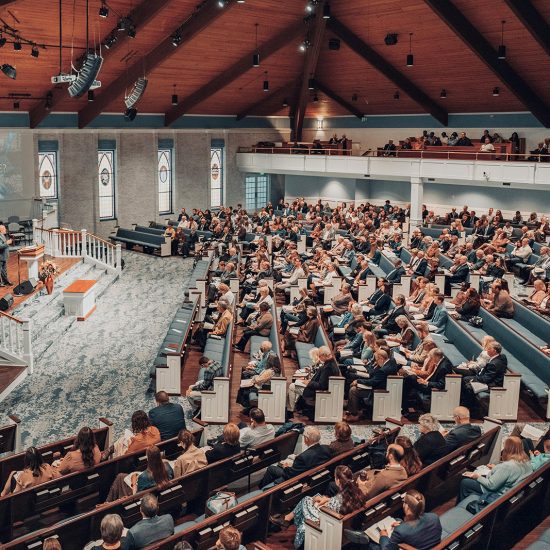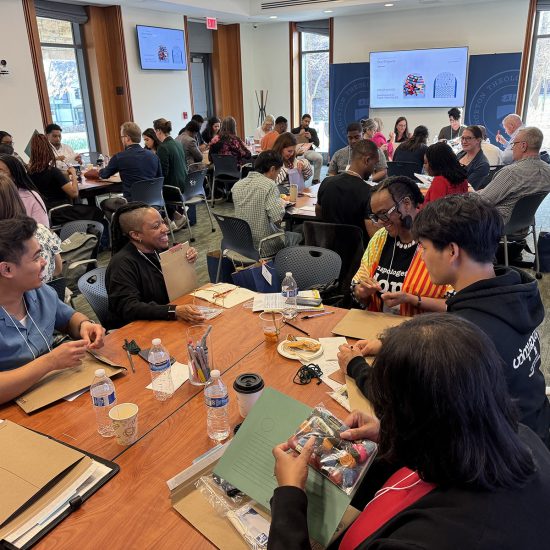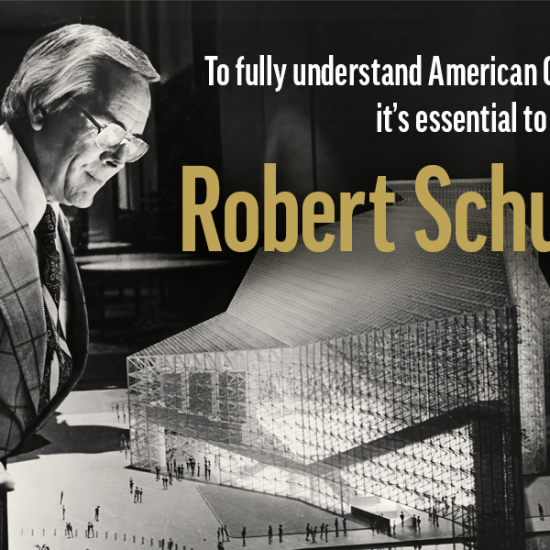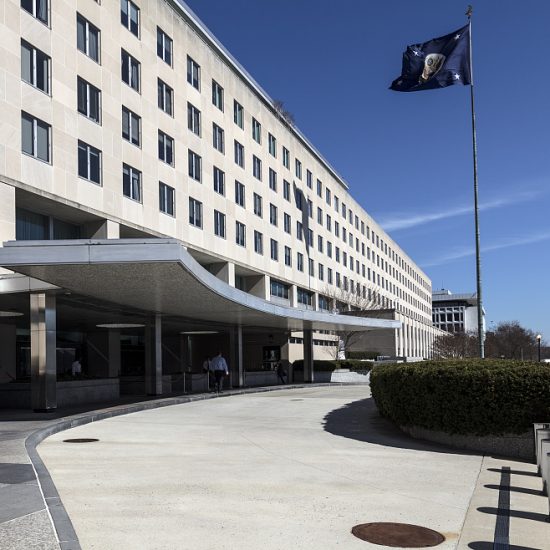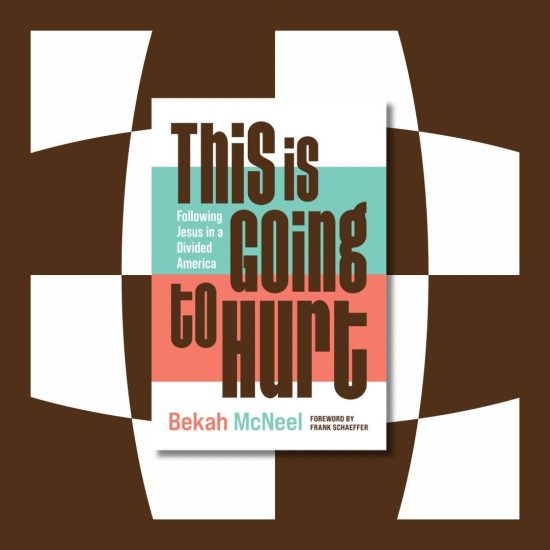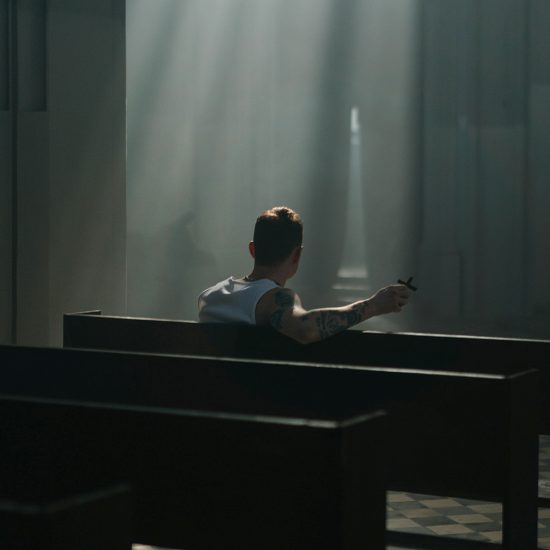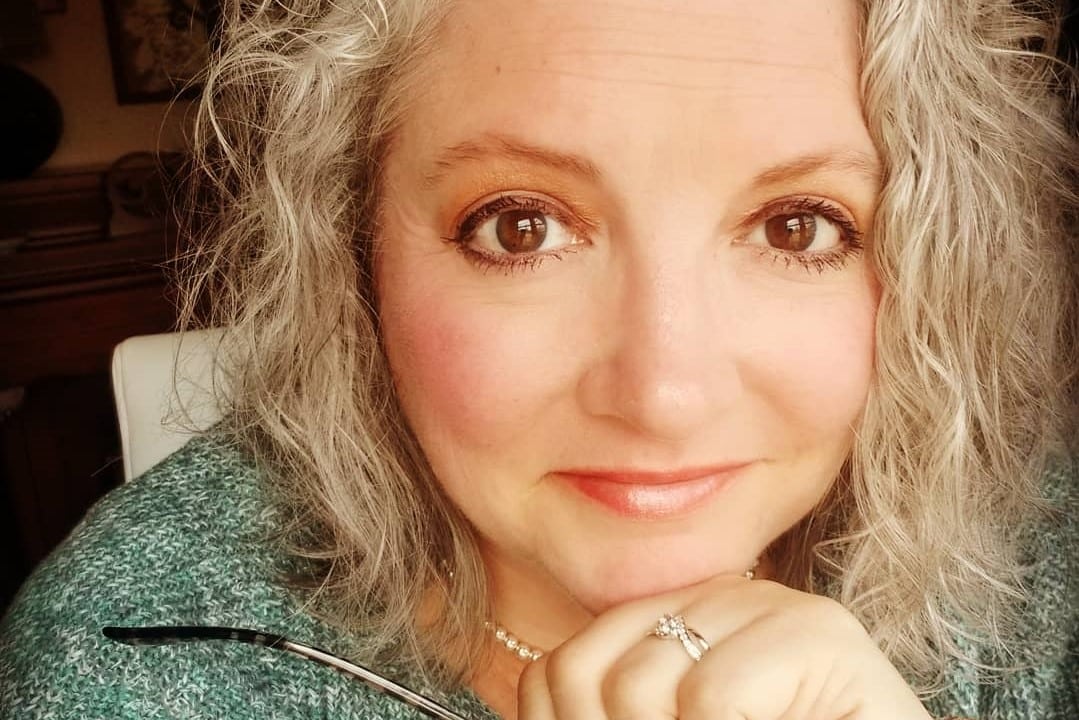
Pastors have broad job descriptions. They are preachers, teachers, counselors, administrators, organizers, and so much more. Many church members rarely interact with their pastors outside of Sunday morning worship, making it difficult to understand the dynamics of this role. “Behind the Pulpit” is a regular feature intended to pull back the curtain on the minister’s life and introduce our readers to how a diverse set of leaders go about shepherding their flocks.

Courtney Richards
This installment features an interview conducted by email with Courtney Richards, who has been on the pastoral staff of Harvard Avenue Christian Church (Disciples of Christ) in Tulsa, Oklahoma, since 2012. Her responses have been lightly edited for clarity.
What didn’t you learn in seminary that you needed to know for church leadership?
I did not learn enough about the mundane but necessary logistical and practical things: creating an agenda and leading a meeting, strategic planning, leadership development, etc. We talked about the theory and importance of those things, but the actual doing of them was on-the-job training, either as a student minister (for those fortunate enough to have strong teaching ministry settings) or in a first call.
How has your personal understanding of God changed by serving the local church?
It has absolutely broadened and deepened — mostly to remind me that God is farrrr bigger than ‘my personal understanding.’ We do such a disservice in U.S. Protestant Christianity by overemphasizing ‘having a personal relationship with Jesus Christ’ and professing ‘Jesus as my personal savior.’ Do not hear me saying that is not important! I am a pastor! I am a person of (Christian) faith! It IS important, but it is not the only thing, which is how we have focused our energy.
Serving the local church for 25 years — blessing newborns at dedications, walking students through baptism classes and service projects and teenage angst, holding a hand and saying a prayer at a bedside — let alone the daily study, prayer, preaching, teaching, and crisis intervening, without ALSO witnessing the daily miracle of people figuring out how to be faithful from one moment to the next. My understanding of Creator, Redeemer, Sustainer … Holy, Transforming, Beyond … All, Always, Everywhere … has formed (and continues to form) out of all that.
How has your personal religious/devotional practices been shaped and altered by being the shepherd of a flock?
My prayer life is both more significant and more random than it has ever been. Prayer has been opened up for me far beyond the stereotypical visual of sitting down, with a journal, reading a scripture, praying over it, writing full sentences, etc. It is far less structured and much more meaningful.
My focused moments are things like:
– Taking our prayer list (from what is shared within the congregation) and keeping it at my desk and reading through it several times during the week.
– Circling a few names on that list and making a call or sending a text message to follow up: How is your sister? How did the tests go? Congrats on the new house!
– I also make notes in my calendar of when I call/text/email someone as a pastoral care tracker.
– I send a daily prayer text to our congregation and friends (about 400 people). Writing that gives me a focused 160 characters to take something rolling around my head and turning into an intentional prayer, with others reading over my shoulder as I do.
MOST days, though, prayer looks more like:
– Writing a list of names (naming someone is a prayer itself).
– Saying ‘healing and safety’ when sirens go by.
– When someone tells me something, responding with ‘I am praying for you.’ (Not, ‘I will be praying,’ but ‘I am praying’ … that, in itself, becomes a prayer.)
– Chopping vegetables or stirring soup or draining pasta and taking those minutes to think about the people I’m preparing it for (even if ‘people’ is just me).
– There’s a ‘drink water’ reminder on my phone (or fitness watch). It goes off once an hour. I drink the water, but I also take a couple of deep breaths. Inspiration is being filled with the Spirit (in-spire), and respiration (re-spire) is returning the Spirit to the world.
What does justice look like in your local context? How about love? How do you lead people towards both?
Justice and love look like modeling equity: people serving together without restriction; congregational participation that is open to everyone regardless of membership/non-membership; scaling teaching and worship to children, youth, and adults at their level and connection. It looks like offering a broad and varied menu of opportunities for worship, study, prayer, fellowship, service, and stewardship. It involves recognizing (and reminding ourselves!), that not everyone will (or has to) do everything, but everyone should be able to (when they are ready) find something that fits.
That equity that we hope we are modeling in our daily life in/at the church has to then be turned outward: do we serve without reservation, without requiring something in return? Do we participate in our community in the ways that the community needs or only in the ways that we think they need? Have we built relationships that allow for correction and reconciliation when we misstep or overstep?
What is the funniest or oddest thing that has ever happened to you in ministry (that you can share without breaking confidentiality)?
I feel like I could answer this question for days:
– Plunging a toilet between Christmas Eve services while Wearing high heels, a floor length skirt, and a silk/angora sweater.
– Cooking and serving Shrove Tuesday pancake supper with the youth group, while the building was under construction, and having griddle stations plugged in in several of the foundation-poured, framed-but-not-yet-drywalled classrooms. We sat on paint buckets, used sawhorses to prop things up, and prayed that the smoke alarms would remain quiet and the circuit breakers would not blow.
– Taking the lid off the communion trays, to hand them to deacons, to realize that the bottom tray had cups, without juice.
– Running around the church, opening doors and slamming cabinets, looking for the AWOL Baby Jesus that an eager child was ready to place in the creche on our first Christmas Even in a new sanctuary. (Jesus had been in wait, not to be added to the creche until that service. We carefully put him in a safe place and then forget where to retrieve him. That never happened again.)
– Sitting in a temporary, shared office and looking out the window as building expansion project took place in the courtyard that was just at the edge of our room. I told the colleague with whom I shared the office, “This steamroller is gonna clip the building.” My colleague said, “No, he’s not going to hit it. He isn’t. Is he?” Five minutes later, having gone back to work and no longer looking out the window: THUD. CREAK. And the quickest whisper of a zzzzip sound as a crack ripped end-to-end of our wall. He DID, in fact, hit the building.
We’re coming out of a pandemic, how has that been for you and your church?
We have been incredibly fortunate. Our staff and leaders made every effort from day one to be creative, encouraging, and abundant in care for the congregation and gracious towards each other. The congregation remained connected online (and in email and in note writing and in phone call groups and in lots of ways I probably do not even know about to this day). They remained generous in their giving, and responded to our means and ministries of connection, while creating all sorts of small ways to do their own community building at the same time.
We also welcomed a new Lead Pastor, who started two weeks after we moved church out of the building. He spent the first six months going through the directory and making phone calls to introduce himself. His first face-to-face experiences were driveway and parking lot events. He is just now meeting the community in person.
What gives you hope in the church today for what the church will be tomorrow?
Expanding on that previous answer, we are (like all churches) determining what we created out of necessity that we now want to keep as part of who we are post-pandemic AND we are thinking about what we laid down, as something that we didn’t need to do during this pandemic season, that maybe we can just leave sitting there and not pick it up again,
The greatest sign of hope to me is that people keep showing up. For all the ways, historically and in the present moment, the church has fallen (way WAY) short, people keep giving us another chance. Every week someone is here for the first time. Every week someone who has been here a long time hears something new. Every week someone asks for what they need. Every week someone offers to help. Every week someone asks a question. Every week someone wrestles with an answer. Every week someone grieves an injustice. Every week someone prays with their words and on their feet. Every week someone trusts me more. Every week someone doubts themselves less. Every week someone hears a word of welcome. Every week someone takes seriously the responsibility to share the Gospel’s good news of that welcome with someone else. Over and over and over, people keep showing up.
And, mercifully, thankfully, that Creator/Redeemer/Sustainer, Holy/Transforming/Beyond, All/Always/Everywhere God keeps showing up, too.

